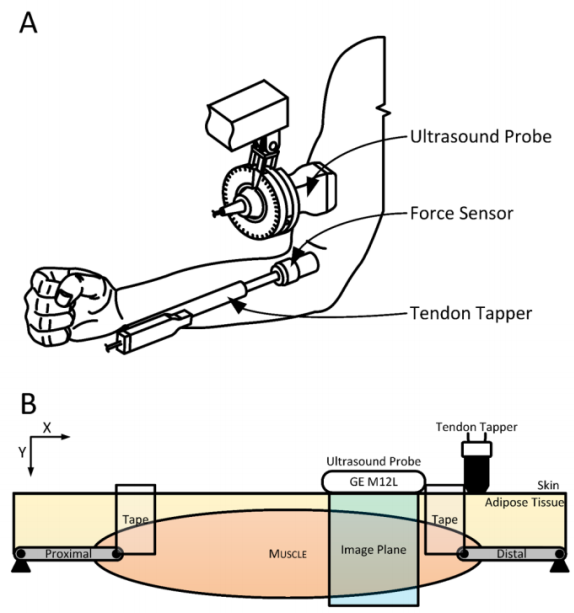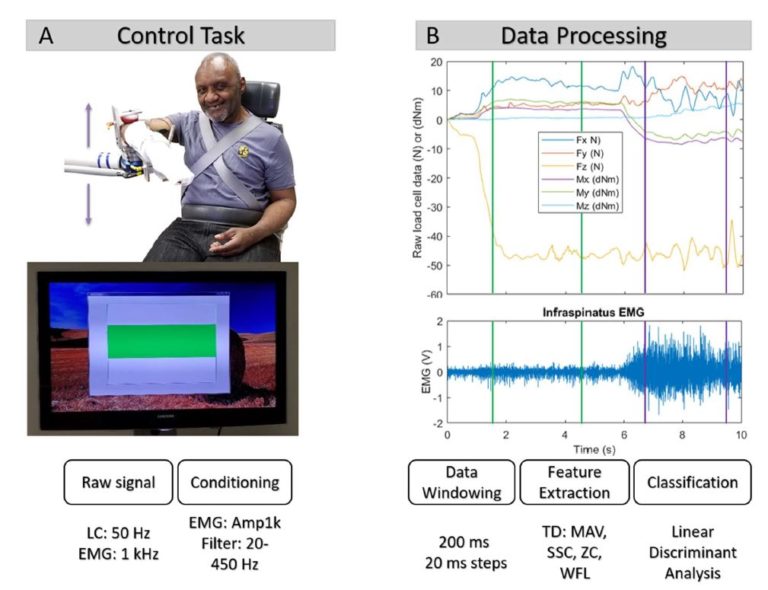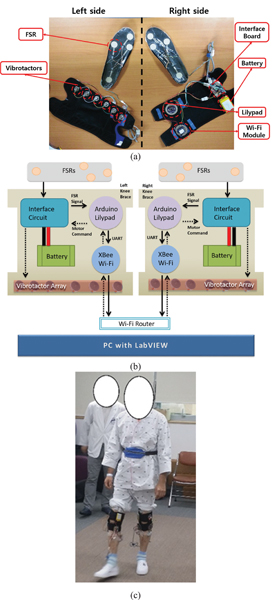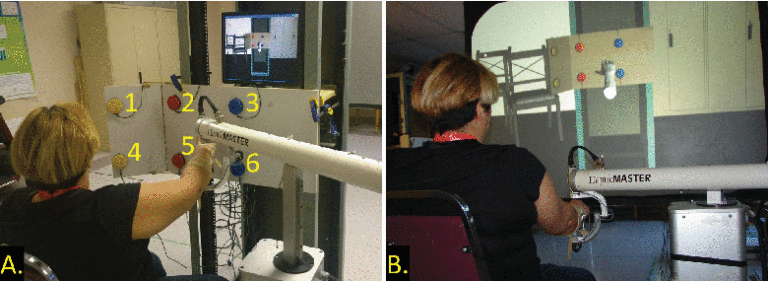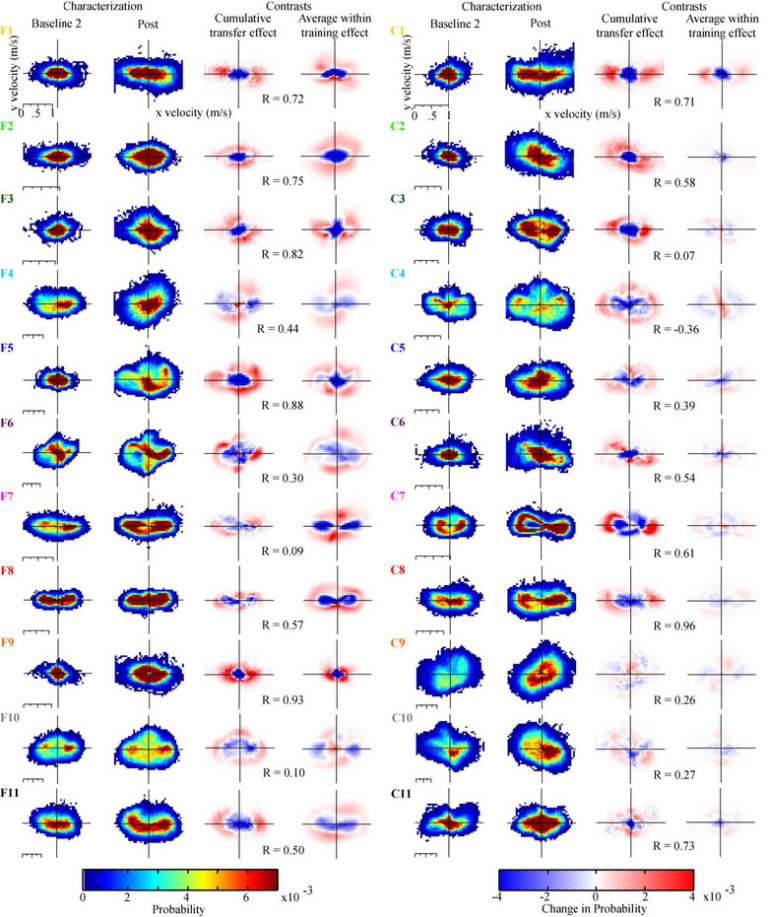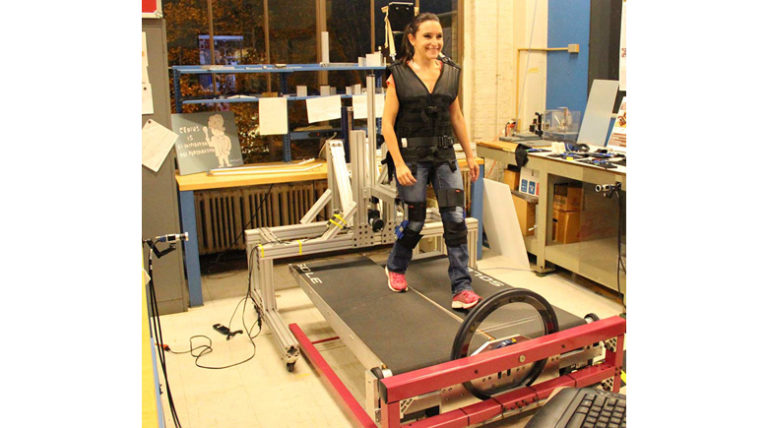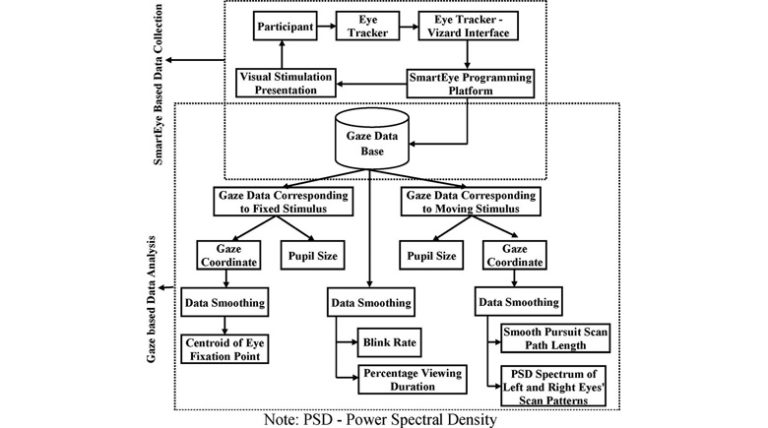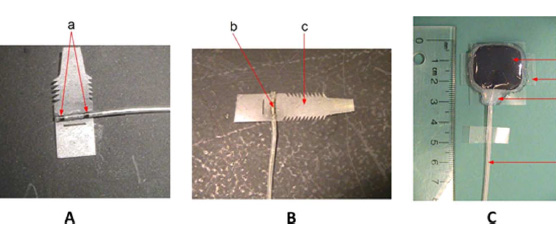We characterized the passive mechanical properties of the affected and contralateral musculotendon units in 9 chronic stroke survivors as well as in 6 neurologically-intact controls. Using a position-controlled motor, we…
read moreUpper-limb paresis is the most common motor impairment post stroke. Current solutions to automate the assessment of upper-limb impairment impose a number of critical burdens on patients and their caregivers…
read moreStroke remains the leading cause of long-term disability in the US. Although therapy can achieve limited improvement of paretic arm use and performance, weakness and abnormal muscle synergies—which cause unintentional…
read moreVariations in biofeedback coding schemes for postural control, in recent research, have shown significant differences in performance outcomes due to variations in coding schemes. However, the application of vibrotactile biofeedback…
read moreThe aim of the current study was to examine the role of environment, whether virtual or physical, on robot-assisted reaching movements in chronic stroke and healthy individuals, within a…
read moreThe wide variation in upper extremity motor impairments among stroke survivors necessitates more intelligent methods of customized therapy. However, current strategies for characterizing individual motor impairments are limited by…
read moreSit-to-stand and Stand-to-sit transfers (STS) provide relevant information regarding the functional limitation of mobility- impaired patients. The characterization of STS pattern using a single trunk fixed inertial sensor has been…
read moreThe MIT-Skywalker is a novel robotic device developed for the rehabilitation or habilitation of gait and balance after a neurological injury. It represents an embodiment of the concept exhibited by…
read moreEye movements are a continuous and ubiquitous part of sensory perception. To properly generate highly accurate and co-ordinate ocular movements, a vast network of brain areas are engaged, from low-level…
read moreAbstract Spastic hypertonus (muscle over-activity) often develops after spinal cord injury or stroke. Chemodenervating agents such as Botulinum toxin A (BtA) and phenol are often used to treat this condition.…
read more
